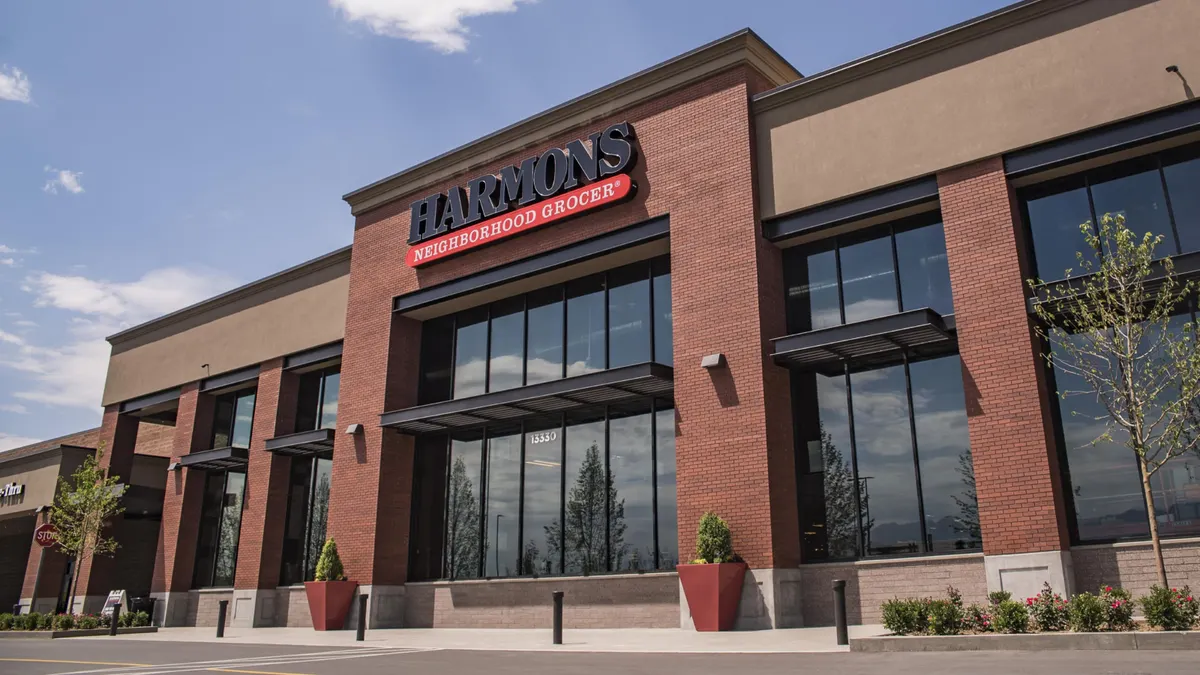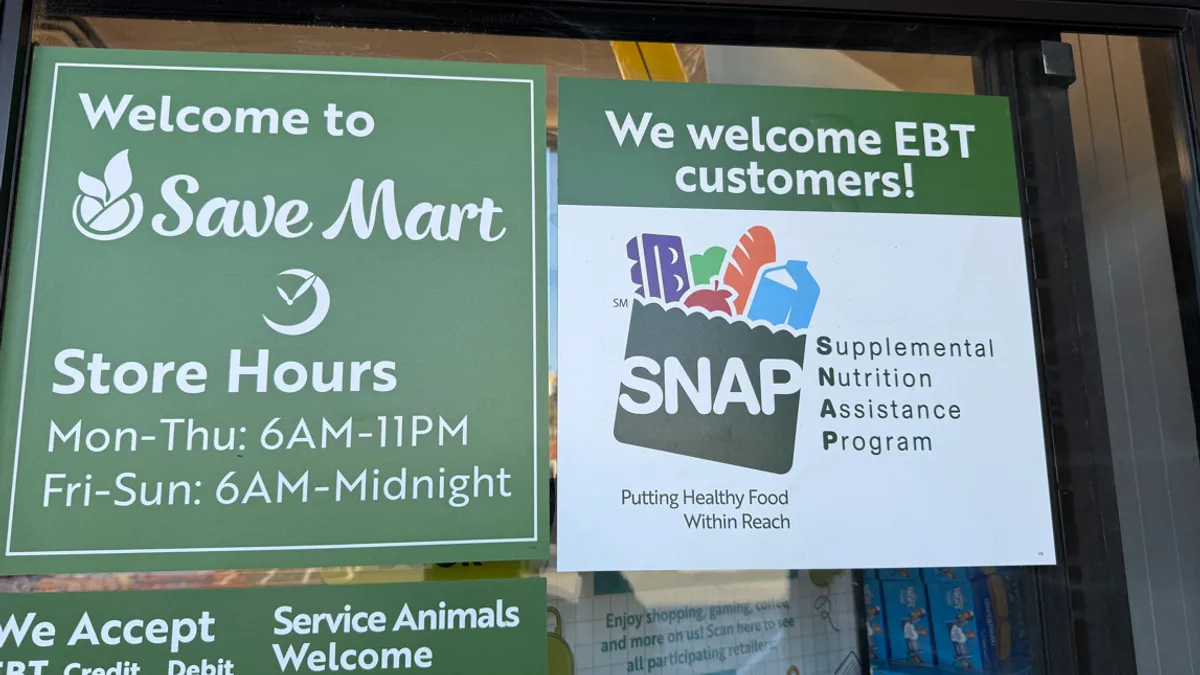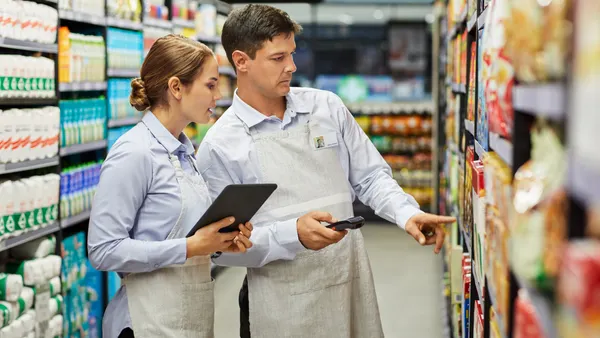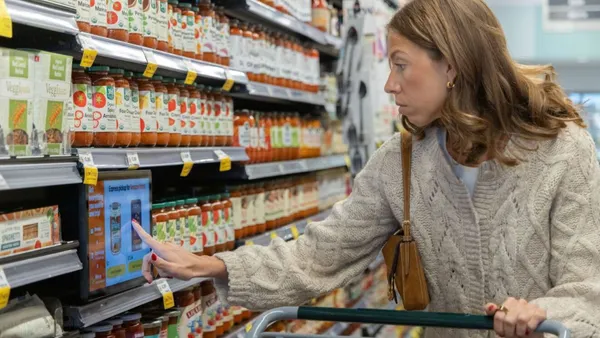Bruce Hatch’s job as chief information officer of Harmons centers on putting technology to work. But when it comes to deciding which systems to employ, he takes a decidedly people-first approach.
Rather than simply looking to automated equipment as a way to help the Utah-based family-owned supermarket chain provide faster service or boost efficiency, Hatch sees his primary role as empowering employees to spend more time with shoppers.
“We have no investors that we’re accountable for, so our mission is simply to value our associates and make sure that the customer experience that we have is by far better than anyone in the industry — so if our customers go anywhere else, they’re going to be disappointed,” Hatch said in an interview. “We want to make sure that technology allows people to focus on what they’re trained to do.”
That mindset means, for example, that Harmons, which runs 20 grocery stores in Utah, has avoided installing self-service terminals to let shoppers order prepared foods, Hatch said.
“There is nothing better than walking up to a cheesemonger and saying, ‘Hey, what’s your favorite cheese?’” he said. “How are you going to get that from a kiosk?”
The chain has also taken a cautious approach to rolling out self-checkout terminals. While Harmons does have self-checkout units in its stores, the grocer has been careful not to let them detract from associates interacting with shoppers, he said.
“We did not want this to be where you get corralled into these massive self-check pits and then struggle to check out your basket and have somebody walk over and maybe help you when you got stuck. We wanted that personal touch even on the [self-]checkout,” Hatch explained. “That makes us unique. Without it, you just become like every other grocer, and we didn’t want to compromise on that.”
One technology that Harmons has enthusiastically embraced is Tally, an autonomous inventory-management system from Simbe Robotics that gives retailers precise information about which products are available in their stores. Hatch said he was drawn to the robots, which use computer vision cameras to scan shelves, because they free up associates to converse with shoppers instead of impeding connections between people.
“I was walking the floors and talking to the associates, and there was a lot of concern [over] ‘Are we now going to be replaced?’” he said. “I said the robots can’t stock the shelves [or] help the customers. The robot can’t walk them through the aisle … and say, ‘Here you go. And also, have you tried this?’”
Simbe has also brought its aisle-scanning robots to stores run by other retailers, including Schnuck Markets, SpartanNash, and BJ’s Wholesale Club.
Harmons began testing Simbe’s robots in late 2024 at five of its locations and expanded the deployment to 12 more stores in July. The grocer has reduced its out-of-stock rate by more than half and reduced pricing errors by 75% since it began using the mobile gear, according to Hatch.
Another advantage is that the robots can scan an entire store three times a day, whereas human workers are only able to do a full sweep three times a week, according to Hatch. In addition, Harmons found that the information workers were able to collect was not reliable, he said.
“Nobody likes to do these walks, and everybody did the walk differently, and everybody did it at a different quality, and it was just inconsistent,” said Hatch.
The stream of inventory data the Tally robots supply is not only helping Harmons provide better service to shoppers in its stores, but also making it easier for staff members to pick orders for e-commerce customers, Hatch said, noting that the retailer’s digital sales are growing at a 40% annual clip.
Hatch emphasized that he sees the robots’ ability to empower associates as among their most powerful advantages.
“The interaction and the experience is going to be different when you have that personal conversation, and that is not only nice to have, but customers expect that,” he said.














